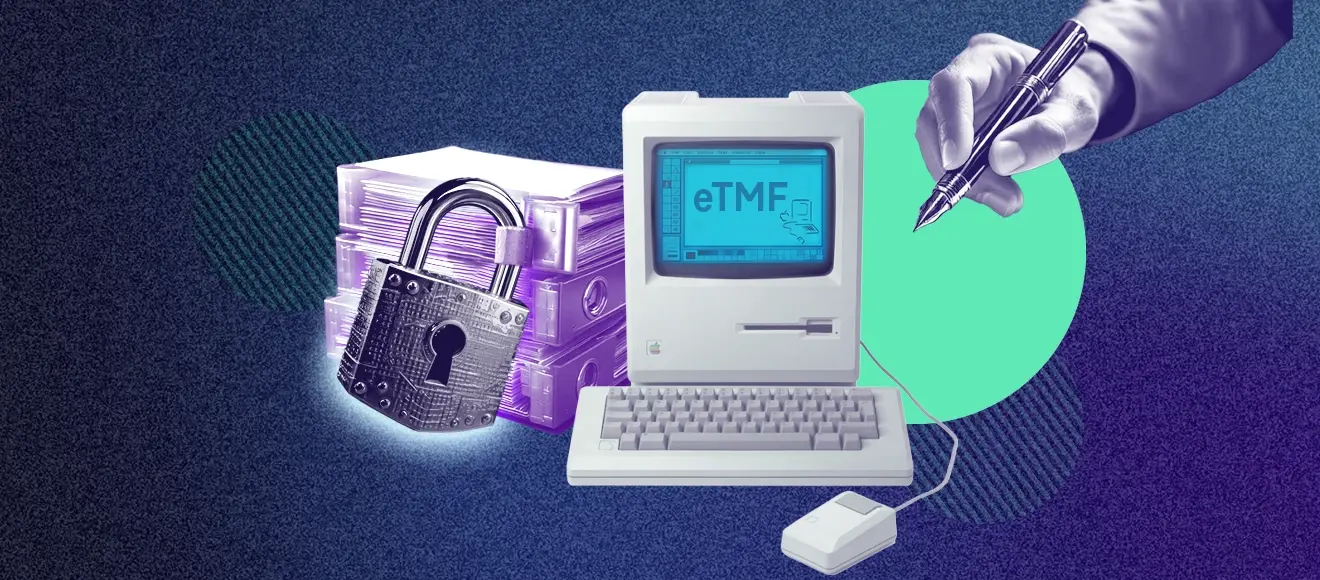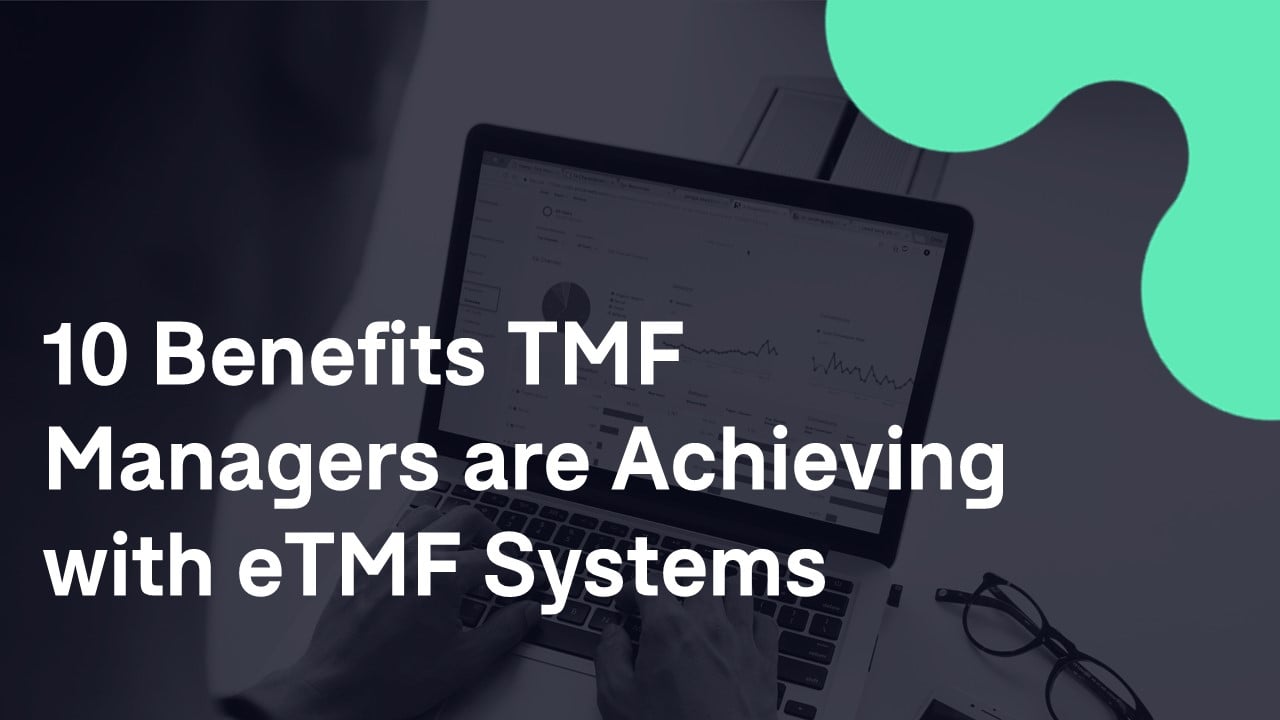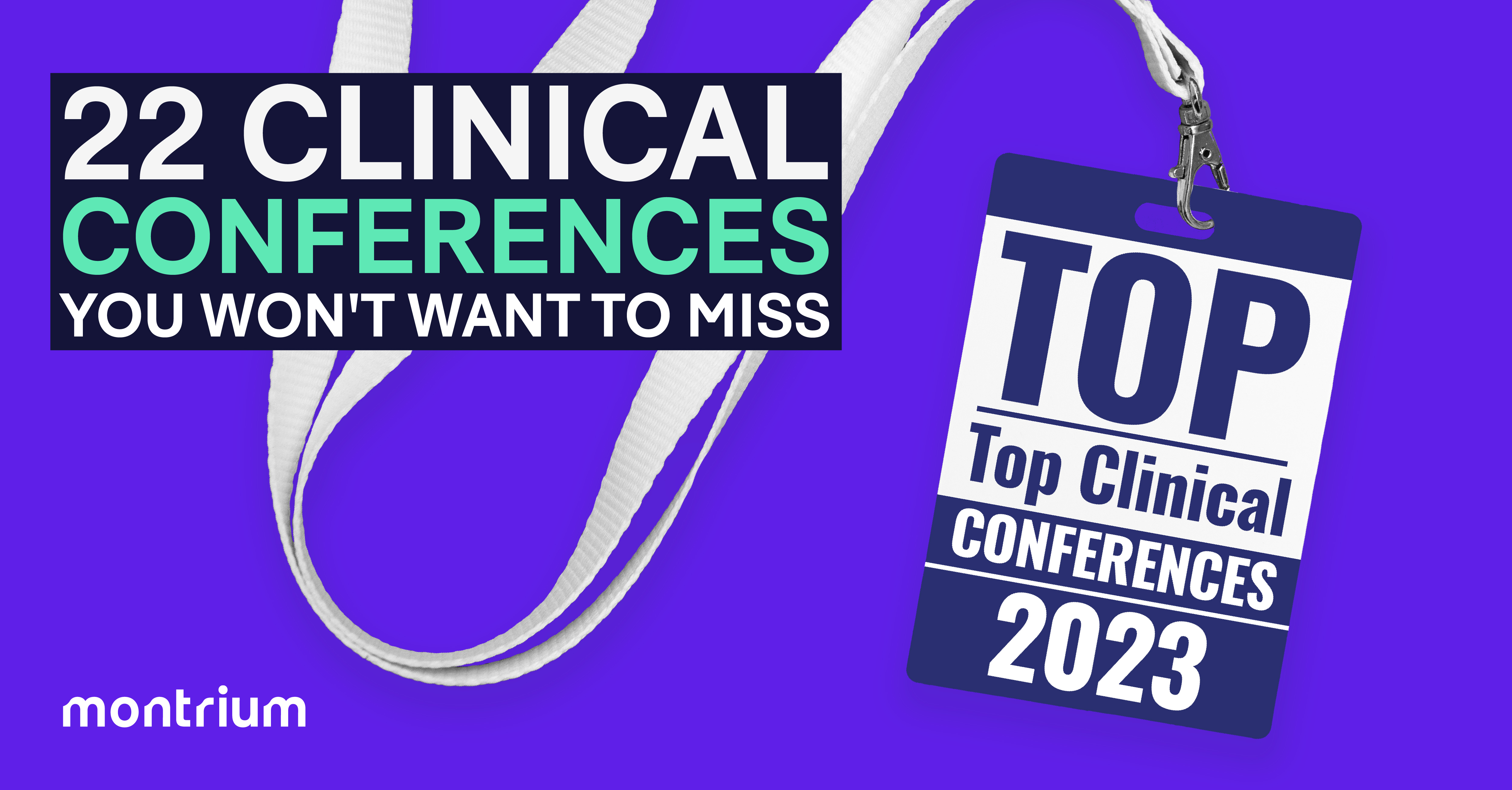
The entire drug development process can cost anywhere between $2 and $3 billion and can take between 10 and 12 years to complete. Moreover, running larger clinical trials with greater than 1,000 patients costs on average $77 million. To add further insult to injury, only 1 in 5 of drugs that are tested on humans are approved for future use.
When considering the statements made above, the phrase, “time is money” couldn’t be more relevant. With drug development being such a costly exercise, it probably comes as no surprise that life sciences organizations are looking at every area to improve the way clinical trials and drug development is conducted.
Optimizing processes and improving the way activities are undertaken allow these organizations to shave hours, days, weeks or even months off of development timelines – which can amount to millions of dollars saved and millions of dollars of additional revenue.
All of these drug development activities also generate a significant amount of documentation, which is maintained within a Trial Master File (TMF), as required by regulation and which in itself can represent a significant cost. Also, this documentation is still more often than not paper-based, which adds an additional cost burden. However, times are a-changing, and new eTMF solutions are providing more cost-efficient methods for managing documentation while also providing other significant benefits.
The following article explores the tremendous value that eTMF solutions can provide trial sponsors and other stakeholders. In fact, a well-designed eTMF system can significantly accelerate trial setup, deliver comprehensive document visibility during the trial, and streamline access to trial records at the conclusion of the trial.
Before the Trial: Accelerating Trial Startup
Before a clinical trial can begin, the sponsor/pharmaceutical organization must have a series of different essential clinical trial documents in place as well as all of the relevant regulatory and ethics approvals. The efficient production of the initial essential documents required to get the trial up and running can be challenging. An electronic trial master file (eTMF) can significantly accelerate this startup process by:
- Providing standard document organization structures based on the TMF Reference Model that defines a logical document structure and create placeholders for required documents
- Identifying missing documents and alerting the responsible parties
- Simplifying document review and approval via automated workflows
- Allowing external parties to communicate and collaborate directly in the system
During the Trial: Improving Trial Document Visibility
While an eTMF platform can be leveraged to speed up trial and site startup, it can also bring significant value as an ongoing operational tool. During the course of a trial, the trial manager can leverage the eTMF system to synchronize critical clinical trial documents across the entire stakeholder network, providing role-based access and visibility to sponsors, CRO staff, investigator sites and IRB members.
Another important factor that an eTMF can impact is the ability to calculate and monitor inspection readiness and trial status against pre-defined milestones. Ensuring that the TMF is up to date is key to passing inspections.
eTMF software also makes it easier to re-route amendments and supporting information for approval when changes are made to operational documents. Without this type of automation and real-time delivery, changes can often stall a trial for weeks or months.
In addition, eTMF solutions with a standards-based integration layer can be connected to clinical trial management systems (CTMS), which contain site and investigator information, clinical trial metadata and milestones which can be used to evaluate eTMF status as the trial progresses and provide input on study events that impact eTMF content.
After the Trial: Simplifying Access and Retrieval of Clinical Trial Documents
Trial Master Files’ live on long after the clinical trial. Regulators often request specific clinical trial documents from the TMF be sent as soon as the trial is completed, as well as linking certain documents to future submissions when going through the marketing authorization process.
At the end of the trial, the CRO will typically transfer the TMF to the sponsor for retention. Retention periods differ depending on the location you’re operating in and the regulatory agency requirements for that country. Some countries require TMF content to be retained for a minimum of 25 years, and there are changes afoot which may require many other countries to move towards this longer retention period.
With the need to keep the TMF secure and retain for long periods, eTMF systems are the smart choice. eTMF systems make transferring the file and responding to requests much simpler. The electronic TMF eliminates the increasing cost of manual paper storage and handling, something that is far more expensive than virtual storage of electronic content. Moreover, agencies are starting to require direct access to the TMF for on-site and potentially remote inspections.
Finally, an eTMF system gives clinical trial stakeholders the power of rapid document search and retrieval. This is bolstered further by the introduction of a standard eTMF structure and taxonomy, such as the TMF Reference Model. Access and retention policies can be set and enforced automatically.
Final Thoughts
There are immediate benefits that can be had by implementing an eTMF today and these benefits will continue to grow with the introduction of more comprehensive eTMF data models and completeness algorithms. eTMF platforms have the promise of unlocking the gold mine of data within our clinical trial documents, allowing for better decision-making throughout the drug development life-cycle.











.png)





